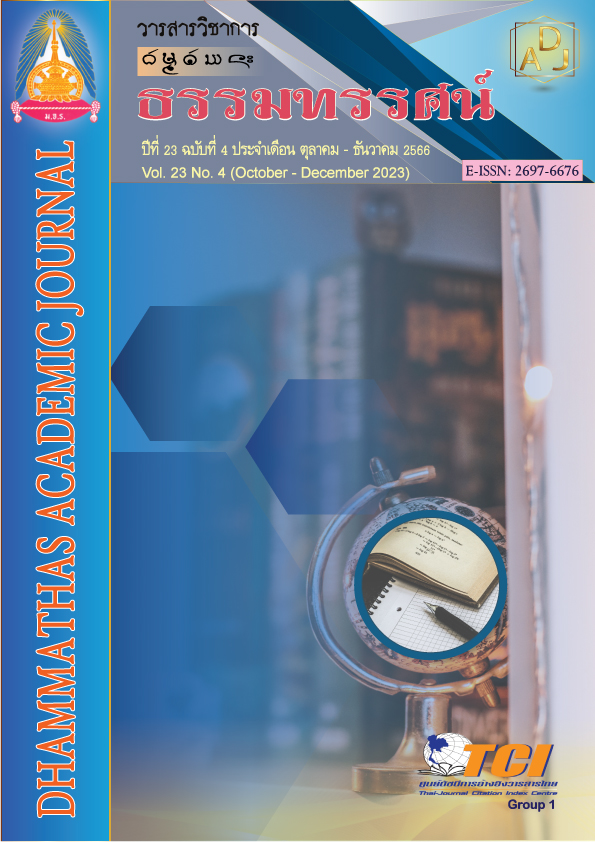Phosphate Fertilizer Industry Capacity Reduction Policy in China, Based on CGE Model
Main Article Content
Abstract
This study tries to research phosphate fertilizer industry policy in China by qualitative analysis and quantitative analysis. Based on an analysis of the government's macro policies that have had a significant impact on phosphate fertilizer industry in recent years, as well as the current research situation in relevant fields at home and abroad, a Computable General Equilibrium model for phosphate fertilizer industry in China is constructed through the computable general equilibrium model theory, input-output theory, social accounting matrix theory, and GAMS programming method. Relevant basic data are collected, and a model database is established. A static Computable General Equilibrium (CGE) model is used to comprehensively evaluate and analyze the impact of export policies and value-added tax policies on relevant variables of phosphate fertilizer industry and macroeconomic. On the one hand, the research expands the development and application of CGE model research methods in China, on the other hand, it achieves a comprehensive evaluation of the effects of phosphate fertilizer export policies and value-added tax policies, and provides a useful reference for government decision-making.
Article Details

This work is licensed under a Creative Commons Attribution-NonCommercial-NoDerivatives 4.0 International License.
เพื่อให้เป็นไปตามกฎหมายลิขสิทธิ์ ผู้นิพนธ์ทุกท่านต้องลงลายมือชื่อในแบบฟอร์มใบมอบลิขสิทธิ์บทความ ให้แก่วารสารฯ พร้อมกับบทความต้นฉบับที่ได้แก้ไขครั้งสุดท้าย นอกจากนี้ ผู้นิพนธ์ทุกท่านต้องยืนยันว่าบทความ ต้นฉบับที่ส่งมาตีพิมพ์นั้น ได้ส่งมาตีพิมพ์เฉพาะในวารสาร วิชาการธรรม ทรรศน์ เพียงแห่งเดียวเท่านั้น หากมีการใช้ ภาพหรือตารางของผู้นิพนธ์อื่นที่ปรากฏในสิ่งตีพิมพ์อื่นมาแล้ว ผู้นิพนธ์ต้องขออนุญาตเจ้าของลิขสิทธิ์ก่อน พร้อมทั้ง แสดงหนังสือที่ได้รับการยินยอมต่อบรรณาธิการ ก่อนที่บทความจะได้รับการตีพิมพ์References
Chowdhury, R. B. (2017). Key sustainability challenges for the global phosphorus resource, their implications for global food security, and options for mitigation. Journal of Cleaner Production, 140, 945-963.
Cong, X. N. (2014). Multi-regional CGE simulation of carbon tariffs under the geopolitical economic framework. Word regional studies, 23(3), 1-11.
GAO, Y., & Zhang, S. (2011). Thought on adjustment and optimization of phosphate fertilizer industrial distribution in China under the current situation. Phosphate & Compound Fertilizer, 26(2), 1-4.
Han, H. (2009). The Impact of China's tariff policy adjustment on the fertilizer industry and its countermeasures - take Yifu. China: International Trade Co., Ltd.
Harris, R. I. D., and Robinson, C. (2002). ‘Foreign Ownership and Productivity in the United Kingdom. Estimates for U.K. Manufacturing Using the ARD’, Mimeograph. Retrieved from http://www.dur.ac.uk/richard.harris/FDI productivity.pdf
Springer, N. P. (2017). Physical, technical, and economic accessibility of resources and reserves need to be distinguished by grade: Application to the case of phosphorus. Sci Total Environ, 577, 319-328.
Wu, H. (2016). A review of phosphorus management through the food system: identifying the roadmap to ecological agriculture. Journal of Cleaner Production, 114, 45-54.
Zhang, S. (2017). How shale gas will shape China’s future? An evaluation based on dynamic Energy-CGE model. Energy Procedia, 105, 3349-3354.

